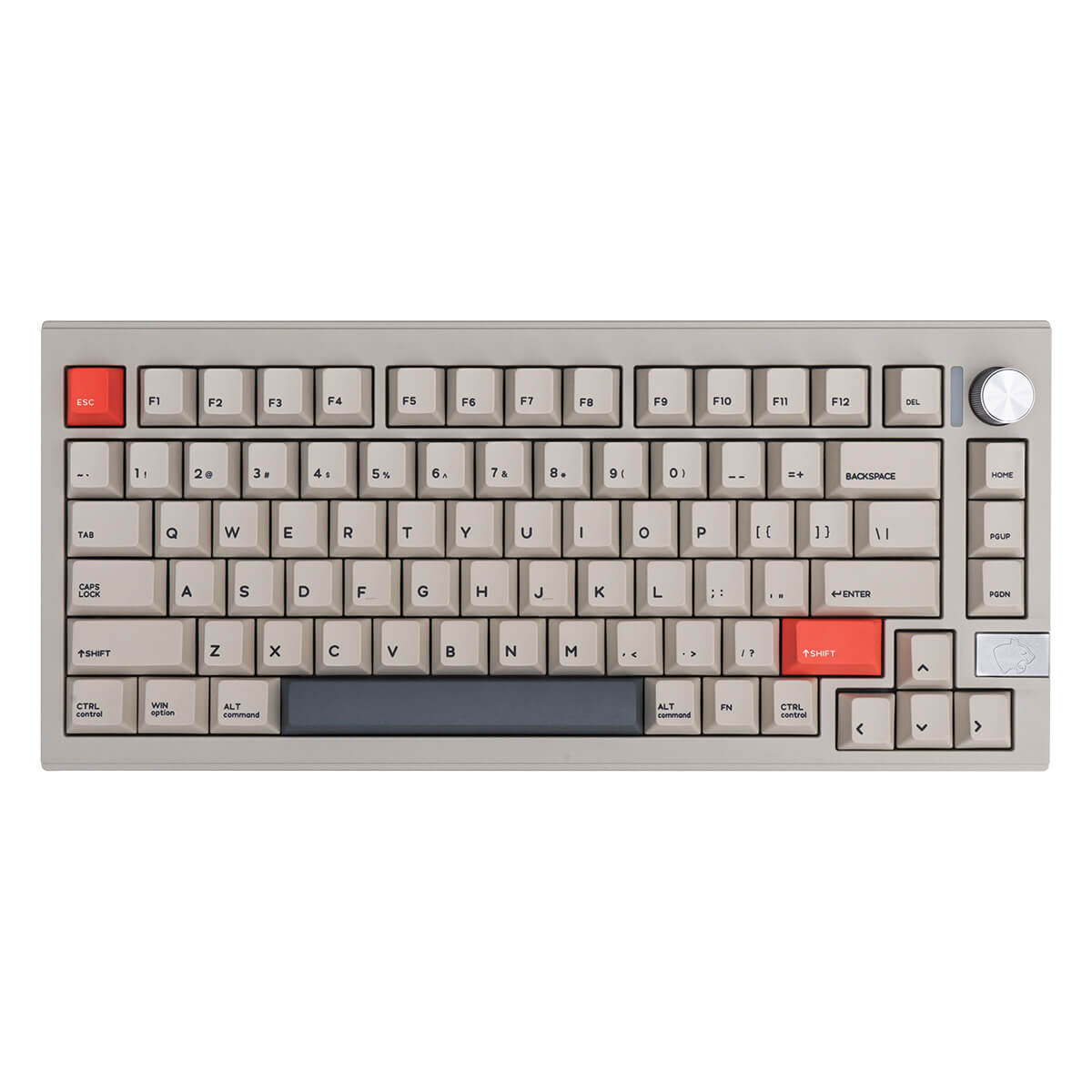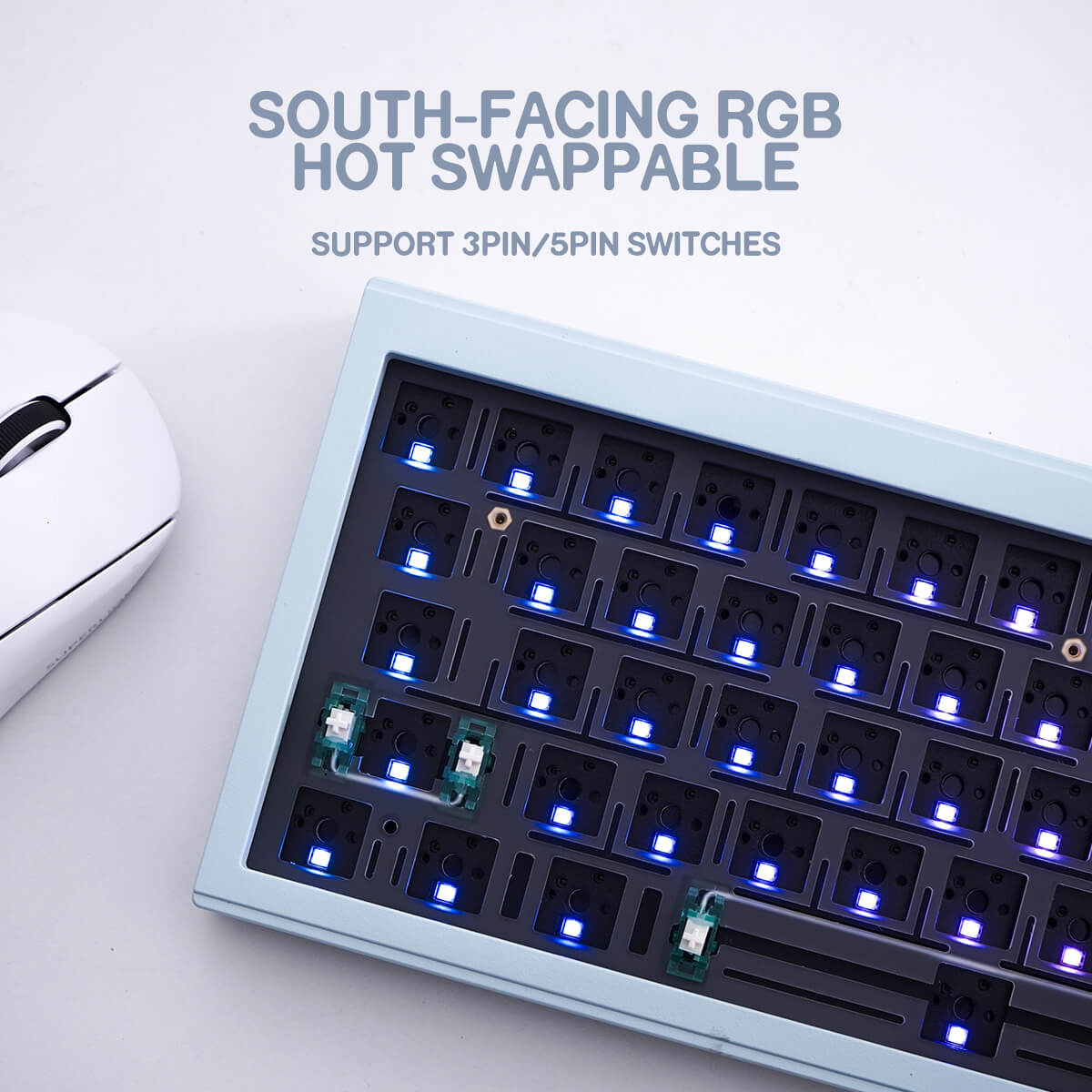Ever absentmindedly placed your fingers on a keyboard and knew, without looking, that they were perfectly positioned? You can thank those tiny, often overlooked bumps on your F, J, and Numpad 5 keys. They're not manufacturing defects, accidental coffee splatters, or secret Morse code! These little ridges are the unsung heroes of efficient typing, known affectionately as Homing Bars or Homing Dots. Let's dive into the surprisingly fascinating world of these tactile landmarks–their origin story, their superpowers, and why they matter, especially in the wild world of custom keyboards.
Picture typing before these bumps existed. Imagine earnest typists in the mid-20th century, diligently memorizing the QWERTY layout. They knew the keys, sure, but constantly finding the starting position without looking down? That was a recipe for neck cramps, eye strain, and typing speeds slower than dial-up internet. The solution wasn't brighter screens or louder clicks; it was something far simpler: tactile feedback. The goal was to create a reliable "home base" for your fingers without needing visual confirmation—this is the essence of touch typing. Your fingers needed to feel their way back to the starting position, the legendary Home Row. But how?

While the concept of touch typing dates back to the early days of typewriters, the specific bumps we know and love are a more modern innovation. Sometime in the 1960s, keyboard designers had a brilliantly simple idea: add tiny, raised markers to the keys where your index fingers naturally rest. Why F and J? Pure ergonomic genius! On a standard QWERTY layout, your left index finger naturally hovers over the F key, and your right index finger naturally lands on J. These bumps became instant anchors. Slide your fingers left and right, and boom—you could find every other key by muscle memory. And the Numpad 5? It's the same logic! That key is the absolute center of a numeric keypad. For accountants or data entry pros, that little bump prevents frantic searches and costly typos.
So, what do these humble bumps actually do? Their superpowers are deceptively simple. First, they're the ultimate reset button. Lost your place mid-sentence? A quick brush against the F and J bumps instantly reorients all ten fingers. It's like hitting the "home" button on your phone, but for your hands. Second, they're speed demon fuel. By eliminating the need to constantly look down, homing bars let typists achieve blistering speeds. Third, they're accuracy assassins. Knowing your starting point drastically reduces mis-hits. Fourth, they're ergonomic allies, reducing neck strain from constant peeking. And fifth, they're accessibility anchors, crucial for visually impaired users or typing newbies. In short, they transform typing from a visual hunt into a smooth, tactile dance—proprioception at its finest!
(TO BE CONTINUED)





2 comments
🔓 + 1.224922 BTC.GET - https://graph.org/Payout-from-Blockchaincom-06-26?hs=ee8ddae386f29bf8762ebe9478788862& 🔓
yjsxol
📪 Reminder: TRANSFER 1.834322 BTC. Receive =>> https://graph.org/Payout-from-Blockchaincom-06-26?hs=ee8ddae386f29bf8762ebe9478788862& 📪
sfj33k